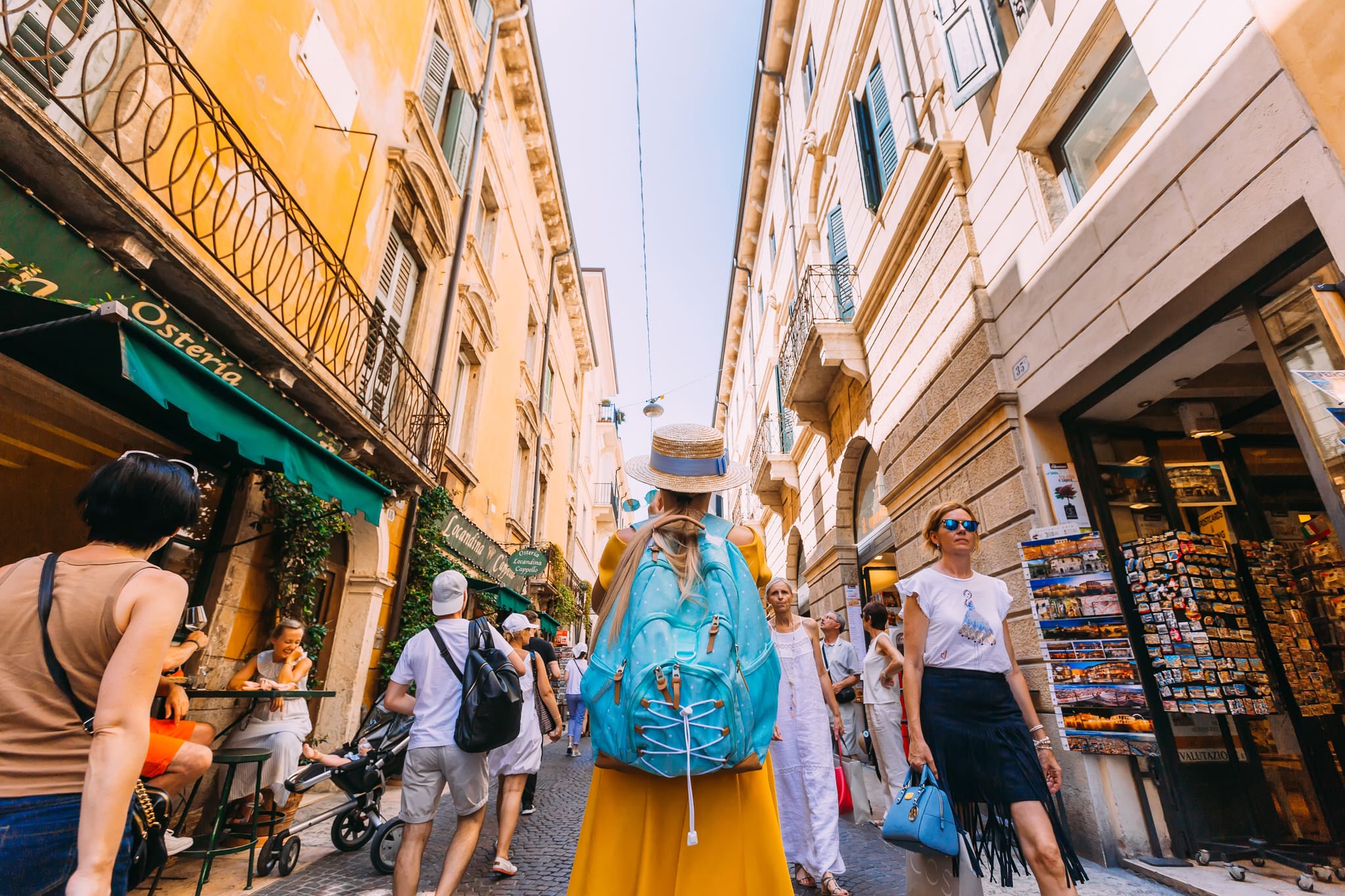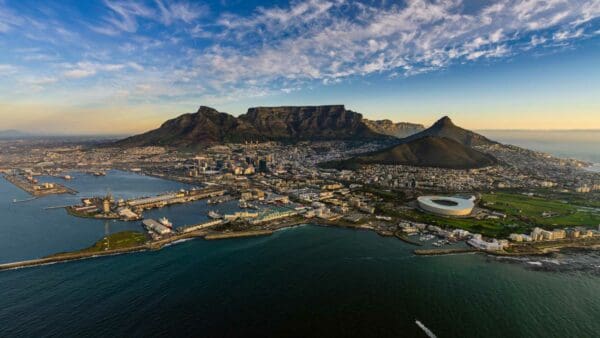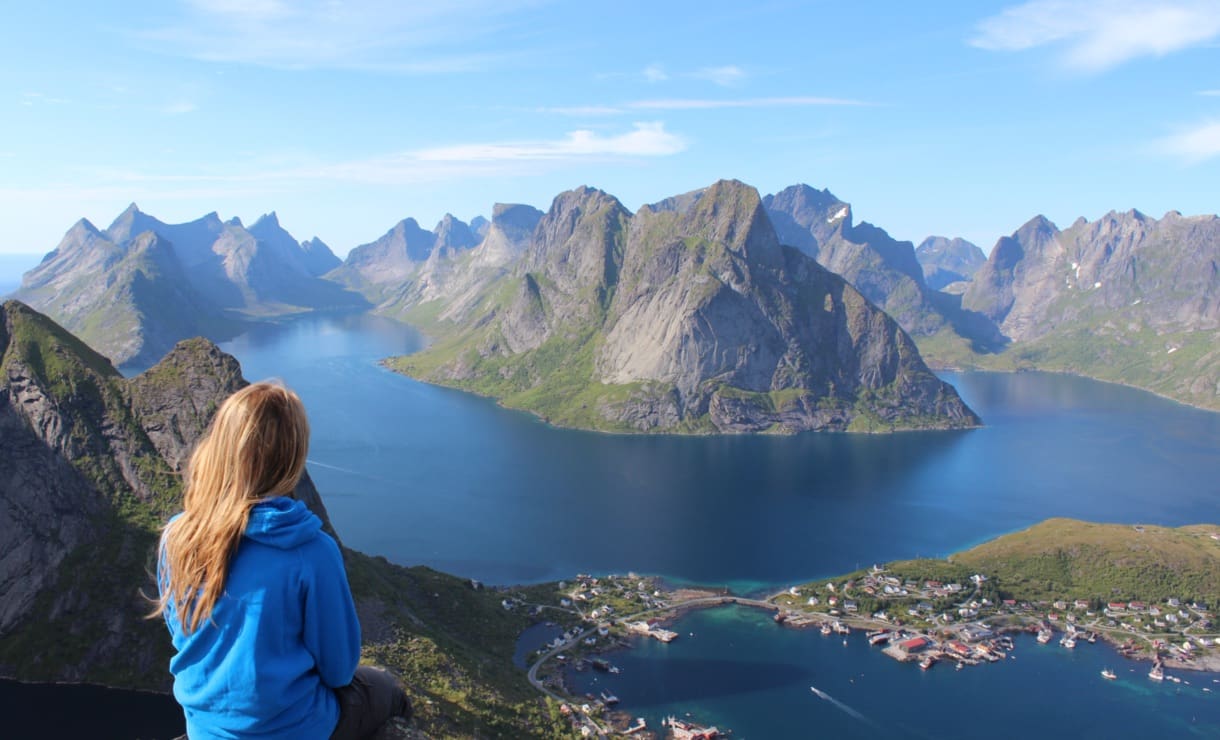the following research was put together by Ericka Jackson from The Sound of Hope (http://thesoundofhope.org) and is an outstanding, but overwhelming look at the atrocities happening in Burma today.
This is why I’m moving to Thailand to work with Burmese refugees…
#1 – Military Junta
The definition of junta is – “a military or political group that rules a country after taking power by force.” This has been the situation in Burma since 1962, when General Ne Win led the Burmese army troops in a successful coup that overthrew the democratic government.
The military regime in Burma is one of the world’s most repressive and abusive regimes. The ruling junta controls the people with violent force and oppression. The Burmese people (especially the ethnic minorities) have no human rights and no real freedom.
In 1987 the military government demonitized the currency, which led to a collapse of the economy. Burma is now one of the poorest countries in the world, though it is rich in natural resources like precious stones and natural gas. The military junta controls and sells these resources, making their oppression very profitable.
#2 – 8888
August 8, 1988 – on that infamous day the people of Burma confronted the ruling military junta with a nationwide public demonstration. They wanted democracy. They wanted peace. They wanted opportunities. The crowd of unarmed demonstrators (made up mostly of students) went on a seven-mile march to downtown Rangoon, where they walked into a wall of police and soldiers blocking the government offices. When the people saw the soldiers they slowed down, and eventually stopped. Then the soldiers jumped from their trucks and aimed their automatic assault rifles at the demonstrators. They fired into the crowd mercilessly at close range.
Over 3,000 people were murdered by government troops over 4 days. Many others were wounded and arrested. Some of the wounded were shot dead in the hospital awaiting treatment. Any nurses or doctors attempting to protect them were killed as well. Video and photo proof of the massacre is rare, as anyone with a camera was shot on sight.
Though 8/8/88 was the worst public massacre by the military junta of Burma it wasn’t the only one. There was also the Depayin Massacre in 2003 and the Saffron Revolution in 2007. And now, in 2011, the military still imprisons, tortures, or kills anyone demonstrating or working for democracy. At this time there are an estimated 2,100 political prisoners in Burma.
#3 – Aung San Suu Kyi
She is the revered, democratically-elected, and legitimate leader of Burma, who has never been allowed to take office and serve her people in government.
Her father was General Aung San. He won Burma its freedom from British rule in 1947 before he was assassinated by a political rival. At that time, Aung San Suu Kyi was just two years old.
Since 1989 she has been forced to serve 3 terms of house arrest – totaling 15 years of imprisonment (of the last 21 years). The years of imprisonment have robbed her of much. Her husband, British academic Michael Aris, died in 1999 of cancer. She could not visit him as he was dying without risking being exiled from her country forever, and the junta refused him an entry visa to Burma. She has not seen her two sons in more than a decade. She has never met her grandchildren. Every year her sons apply for visas, every year they are rejected without explanation.
Her most recent release from house arrest was on November 13, 2010. It is not yet clear if any conditions have been placed on her release.
In 1991 she was awarded the Nobel Peace Prize for her non-violent struggle for democracy and human rights. She is a symbol of heroic and peaceful resistance in the face of oppression.
It is illegal to speak her name in Burma, so her people lovingly call her, “The Lady”.
#4 – Genocide
Burma is home to around 135 different ethnic minorities, largely grouped in the country’s seven border states where conflict has stretched over decades. Many of the tribal minorities are targets of genocide by the Burmese Army. The Karen people are one of the main targets of this genocide for complex reasons (political, religious, ethnic).
The Burmese military has been attacking the villages of the tribal people for decades. They shoot anyone in sight (including women and children) and set fire to their homes. Anyone who is caught is tortured or chopped to death with machetes. The military then kills their livestock, burns their crops, and destroys all the nearby fruit trees with the intent of starving the people. Then they bury landmines around the village to kill any tribal people brave enough to return.
What appear to be state-sanctioned abuses such as rape by Burmese troops of ethnic women, as documented by various rights groups, has led some observers to accuse the regime of an attempted ‘Burmanisation’ of the minorities.
Those who escape the attacks of the Burmese military are forced to hide in the jungle. They live in constant fear of more attacks by the military, and are at risk of malaria and starvation. There are over 1 million of these Internally Displaced People living inside Burma.
There are another 1 to 2 million refugees who have run for their lives across the border.
#5 – Child Soldiers
Burma has the largest number of child soldiers in the world, and the number keeps growing. The children are often kidnapped without their parents’ knowledge while on their way home from school. They are then brutalized and physically abused during their induction and basic training before being shipped off to fight in the country’s ethnic states. Those who attempt to escape or desert are beaten, forcibly re-recruited or imprisoned.
The overwhelming majority of Burma’s child soldiers are found in the Burmese military, which forcibly recruits children as young as 11, although armed opposition groups use child soldiers as well. That means that in conflict situations in Burma you will often find children fighting children.
There have been some reports of children as young as three years old living in military barracks and undergoing training, along with many confirmed reports of children five to six years old. The Human Rights Education Institute of Burma reported that the extreme psychological abuse causes child soldiers to cry themselves to sleep in humiliation or attempt suicide either by themselves or by volunteering for the most dangerous of enlistments.
Current estimates place the number of child soldiers in Burma at 75,000.
#6 – Forced Labor
Burma is well known for its use of forced labor. The brutal Burmese government routinely forces civilians to work for free on state infrastructure projects, such as the building of roads, bridges, military bases or even towns.
In the ruby mines, children as young as four years old are forced to do backbreaking work alongside other children and many elderly people. These mines produce 90% of the world’s rubies, which are controlled by the Burmese military.
Threats, harassment, beatings and even killings are not uncommon, and women risk rape and other sexual abuses. Forced labor often means that villagers are unable to work on their own agricultural work for days or even weeks on end. Regular forced labor in Mon State (South-eastern Burma), for example, has been a primary factor leading to an increasing food shortage.
One particularly brutal example of forced labor is the military’s use of villagers as human minesweepers. Men, women, and even children are used to lead the way through the jungle so that if a landmine explodes they will be killed or suffer life-threatening injuries instead of the soldiers.
#7 – Refugee Camps
There are an estimated 1 to 2 million people from Burma who have fled the country as refugees. Currently, there are 10 to 13 refugee camps in Thailand on the Thai/Burma border, which house over 160,000 people. (I fear that number is actually much larger however, considering one camp I visited held around 60,000 people alone.)
These camps are “no man’s land”. The people who live inside them have no citizenship, no rights, no freedom, and no future. They live in temporary housing made of bamboo and leaves. They are not allowed to build more permanent structures, even though the camps have been in existence since the late 60’s and 70’s. The refugees cannot leave the camp without special permission (which is very difficult to obtain). They cannot get jobs outside the camp, which means they cannot afford even the most basic needs.
Their water consumption is limited. Food is provided by aid organizations. It is rarely enough and not very nutritious. The people receive things like rice, beans, oil, and fish paste as “rations”. They do not get meat, fresh fruits or vegetables, and most of them cannot afford to buy these items. Growing food inside the camp can be difficult, since land and water aren’t always available.
There have been cases of the Burmese military coming across the border to set fire to some of these camps and kill the people inside.
#8 – Drugs
Burma is the world’s second largest opium producer (the main ingredient in heroin) and the main producer of methamphetamines in SE Asia.
It’s estimated that less than 1% of Burma’s annual opium production is intercepted by the authorities – the rest is smuggled out through China or Thailand into the world market. Approximately 60% of the heroin in America is supplied from Burma.
This thriving drug trade leads to drug abuse, drug trafficking, and the spread of HIV. Children are often used in the production, sale, and trafficking of these drugs.
There are reports that senior officials of the military regime are involved in the drug trade, and that funds from the drugs business often find their way into government coffers.
#9 – HIV/AIDS
Burma has one of Asia’s highest adult HIV prevalence rates, following Cambodia and Thailand. An estimated 20,000 die from HIV/AIDS annually.
Burma’s government spends the least percentage of its GDP on health care of any country in the world, and international donor organizations give less to Burma, per capita, than any other country except India. Unsafe medical practices, like the reuse of un-sterilized equipment, as well as insufficient blood screening, has also been a source of infection. Also, the relative lack of accessible health care in conflict areas along the Burmese border makes it difficult for AIDS patients to seek medical help. Interruptions in supply and delivery of ART (Anti -Retroviral Therapy) leads to drug resistance and could lead to new strains of HIV.
#10 – Censorship
The military junta in Burma controls everything that goes in and comes out of the country. There are restrictions on tourism, journalism, literature, and all sources of media. Universities in the country are closed, often for years at a time, to restrict the spread of ideas. Students attending these universities are not allowed to speak freely, to write freely or to publish freely. Most of the books in the country have been confiscated and the magazines and newspapers were shut down. Any that operate now are state-run and controlled by the junta, or are dangerously operating in secret, as the media can only report news sanctioned by the government. Reporters are expected to write pro-government propaganda and never criticize leaders or their political actions. Articles are not to mention political corruption, reform, education, or HIV/AIDS. Even stories telling about losing Myanmar sports teams and torrential rainstorms are forbidden. The press is not welcome at government meetings. Foreign journalists are often deported, and in 2007 a photojournalist from Japan was gunned down in the street.
Television channels and radio stations are few and they are also controlled by the government. Internet access in Burma is rare, and computer laws require government approval for use or ownership of computers, modems, and fax machines, which can connect Myanmar with international resources and influences.
If you enter Burma as a tourist, you may only go to officially designated tourist areas. Typically no one is allowed more than 5k (3 miles) into Burma, and you will usually have a government escort (military intelligence) accompanying you or following you at all times. The junta deports and blacklists foreign correspondents who attempt to report on the opposition movement.
The military government won’t even allow aid in the country during times of disaster. In 2008 Cyclone Nargis hit Burma, leaving at least 138,000 dead or unaccounted for, and more than 2.3 million affected in its wake. The military turned away aid organizations, allowing no help in for those in need. After an uproar in the international community, a small amount of foreign aid was accepted, but most of it was confiscated by the military at the border. The aid was then provided to disaster victims to make it look like it came from the military regime. State-run television continuously ran images of General Than Shwe ceremonially handing out disaster relief.
Recently a 6.8 earthquake struck Burma, and again aid has been refused. The people affected have no clean water, no food, and no rescue teams to find those buried in the rubble. Hospitals are overrun with the wounded and sick, but foreign aid organizations are not allowed access to the country. Any video or photos of actual damage must be smuggled out by locals or undercover journalists.
It is almost impossible to find any accurate information about these events as any official current event or historical reports from Burma are skewed. The military government drastically underreports the number of people killed or injured in its natural disasters, as well as any protests that they use deadly force to end.








